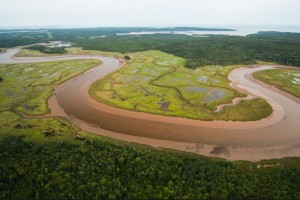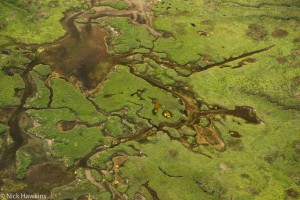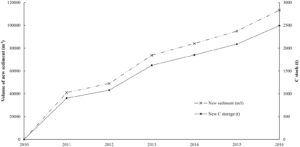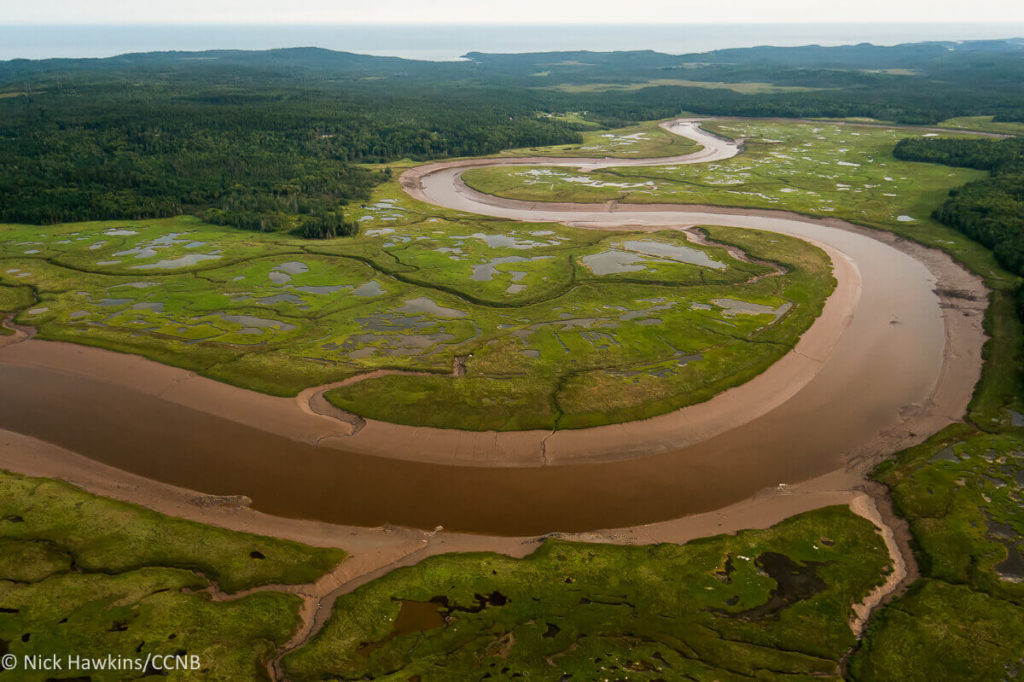
The mucky soil that squishes beneath barefooted beachgoers along the coastlines of New Brunswick could be a powerful tool for decreasing the carbon pollution causing climate change.
The CBC reported this week that the federal government is investigating the Bay of Fundy’s potential for storing carbon pollution, or carbon sequestration.
The carbon captured by coastal mud and plants is known as ‘blue carbon.’ According to a federal government document published in February, coastal ecosystems can absorb three to five times more carbon dioxide from the atmosphere than trees. Even better, coastal marshes hold carbon dioxide for thousands of years, whereas forests release their carbon every few hundred years due to fire, tree mortality and harvesting.
Gail Chmura, one of North America’s leading experts in blue carbon research, explained to CBC how conservation and protection could result in carbon credits for citizens living on the coast. “For example, you take a flight and you feel guilty, you can buy carbon credits. You could offset your flight. But no one has yet taken advantage of that to restore a salt marsh in Canada.”

The research could open a new door for new conservation opportunities in New Brunswick. Chmura says coastal communities could have the chance to protect, conserve and rehabilitate wetlands in return for carbon credits as Canada looks to meet its international commitments to fight climate change.
An experiment conducted in Aulac, N.B., which began in 2010, allowed two sections of farmland to be flooded and monitored by scientists to see if vegetation and carbon-rich mud would accumulate. Over a six-year period, the land accumulated approximately a metre of carbon-rich mud — enough to capture 2,493 tonnes of carbon, according to a scientific report published by Plos One online journal.

“You can make money off it, you get all the ecosystem services, you get the habitat that salt marshes have been cherished for, and you get the carbon storage out of the atmosphere,” Chmura said.
“I call it a win-win-win.”
These findings are good news for New Brunswickers who love our wet province. The blue carbon potential for coastal wetlands and marshes is yet another compelling reason to conserve, preserve and restore these critically-important spaces in the Bay of Fundy and beyond.
Recommended links:

